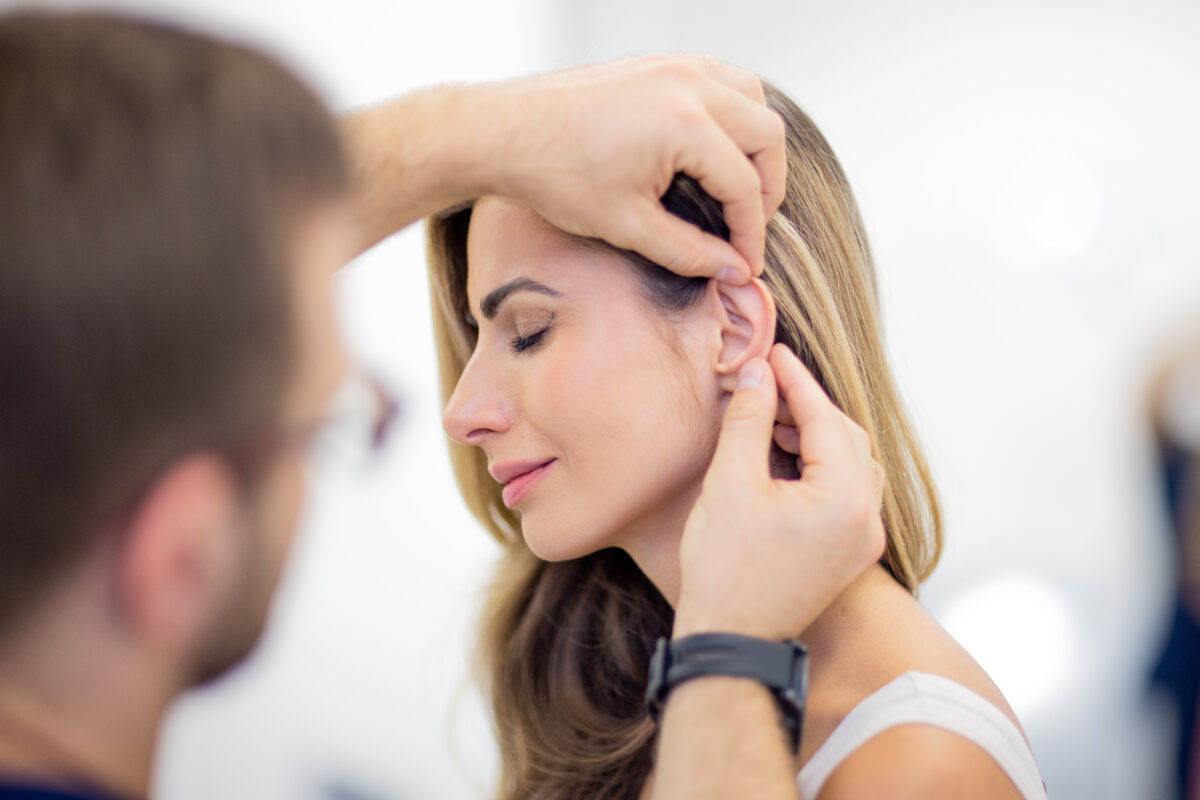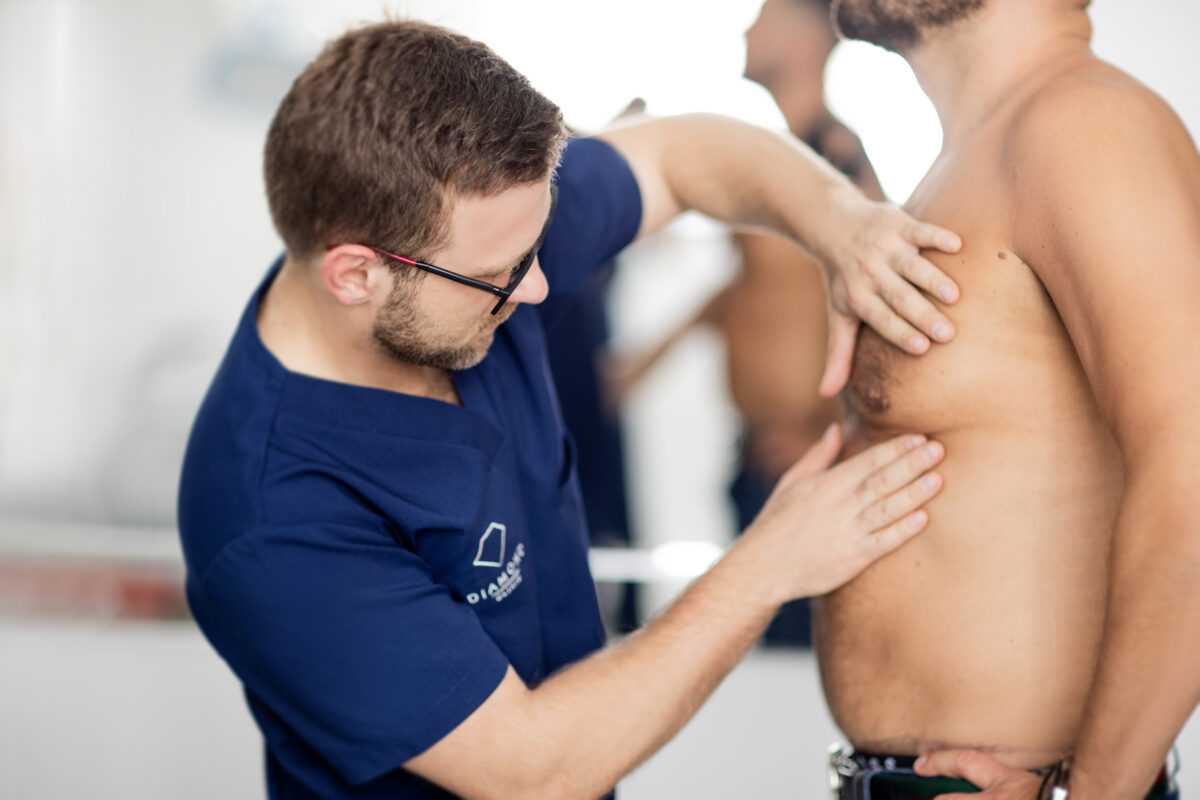Cosmetic surgery
A fibroma is a lesion that arises from the connective tissue of the dermis. It can take the form of a soft or hard skin-coloured nodule and appears in various parts of the body. The most common locations are the neck, nape, groin area and skin of the extremities.
The lesion can vary in size from 2 mm to 1 cm, and its structure moves relative to the substrate – it does not adhere to muscle or bone.
Although the presence of a fibroma is not accompanied by any annoying symptoms and the lesion does not pose a threat to health, it is good to remove it, if only for aesthetic reasons.
Fibroid removal – methods used
– Removal of a fibroma using the surgical method – the traditional way to get rid of such skin changes. The procedure is performed under local anaesthesia and the convalescence period lasts about a week.
– Laser fibroid removal – this is one of the most popular methods. The advantages of the procedure are that it is bloodless and leaves no scars. The whole procedure involves directing a laser beam at the skin lesion, resulting in coagulation and evaporation of water, and the fibroma is removed.
– Removal of the fibroma through cryosurgery – a method otherwise known as freezing. Liquid nitrogen is used for this purpose. Its action causes the fibroid cells to be damaged and separate from healthy tissue. The procedure leaves no scars.
– Removal of the fibroma with stream, i.e. electrocoagulation – the procedure involves applying an electrode (a needle with high-frequency current) to the skin lesion. Under the influence of the temperature, the proteins of the fibroma shear and can be easily removed. Depending on the size of the lesion, the procedure can be used without anaesthesia or under local anaesthesia.
Any method of fibroid removal performed by a specialist is completely safe and has no side effects.
Unfortunately, one has to reckon with the fact that the changes are recurrent and may grow back after some time.
Common sites for fibroma
– neck
– groin
Removal methods
– surgical excision
– laser
– cryosurgery
– electrocoagulation
Dermatofibroma Removal






